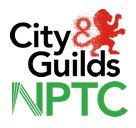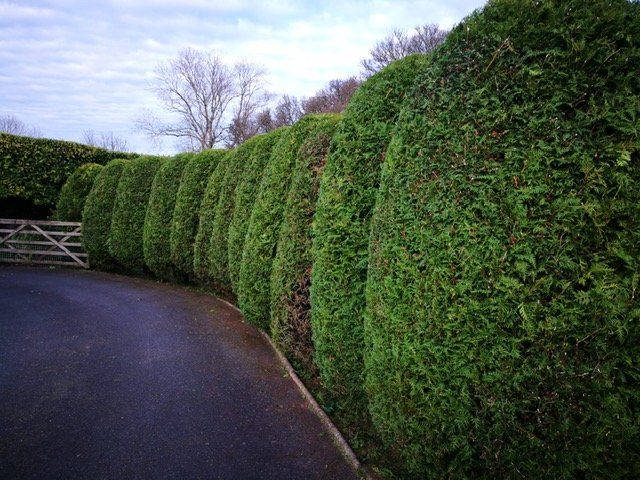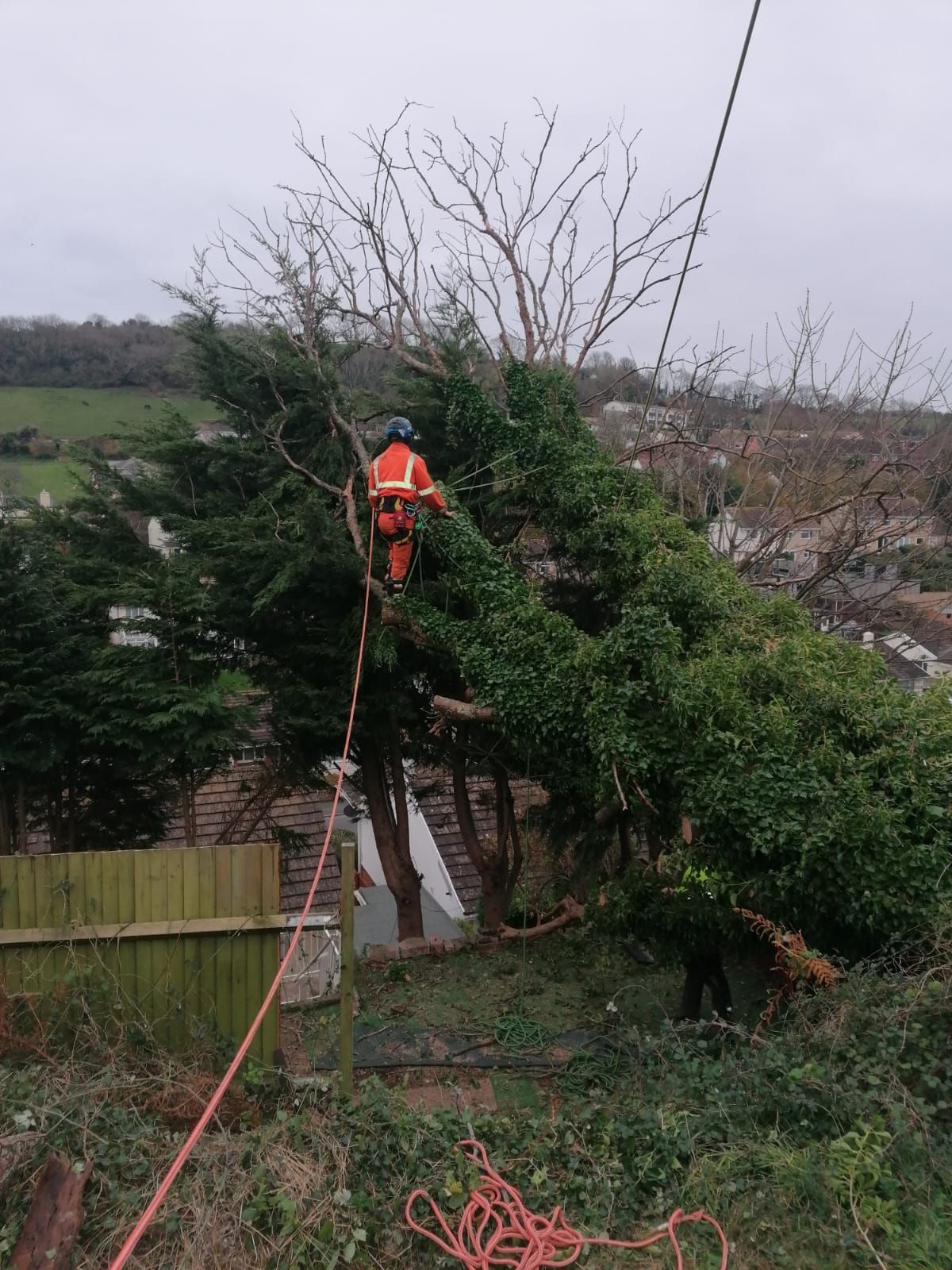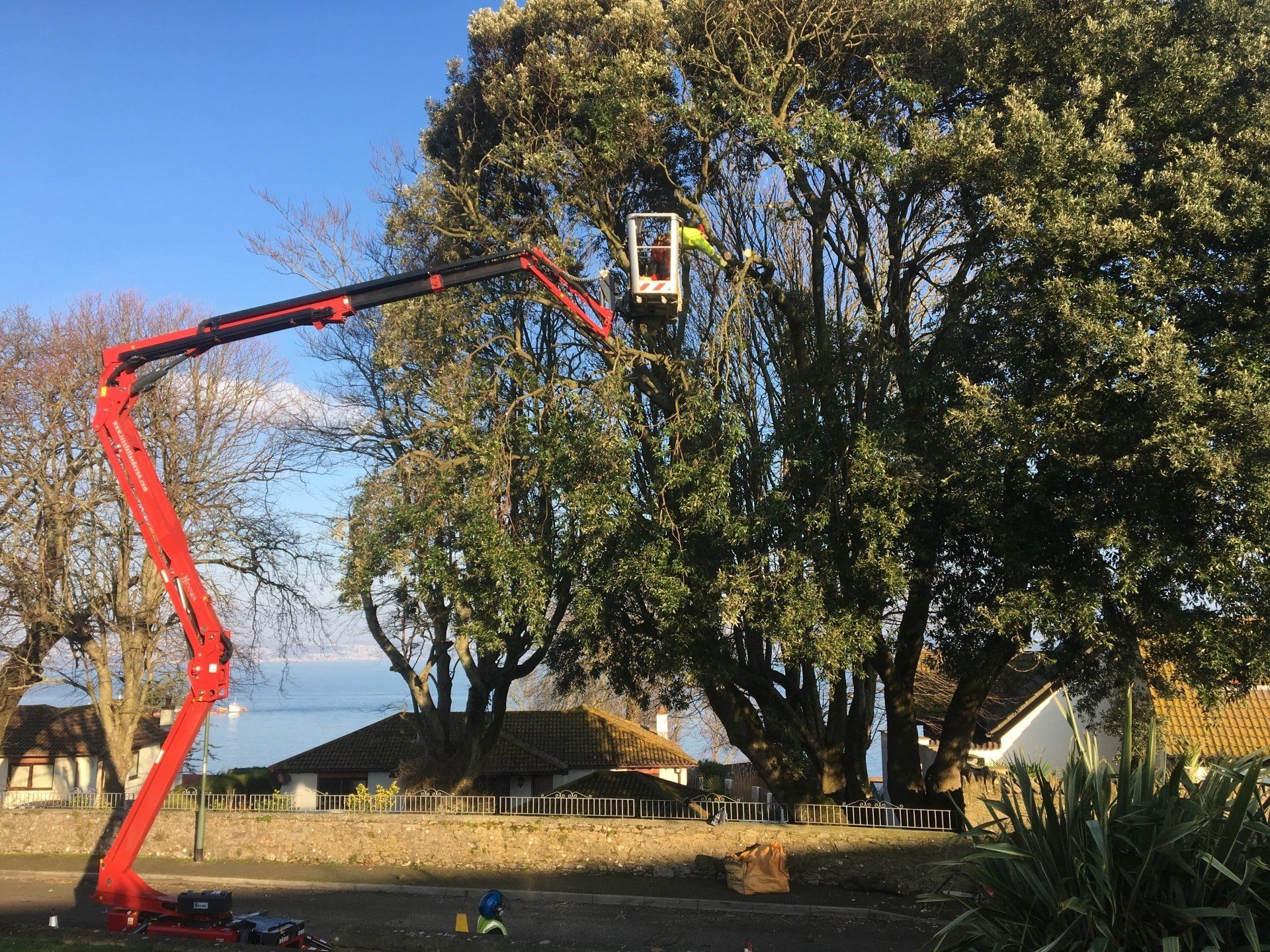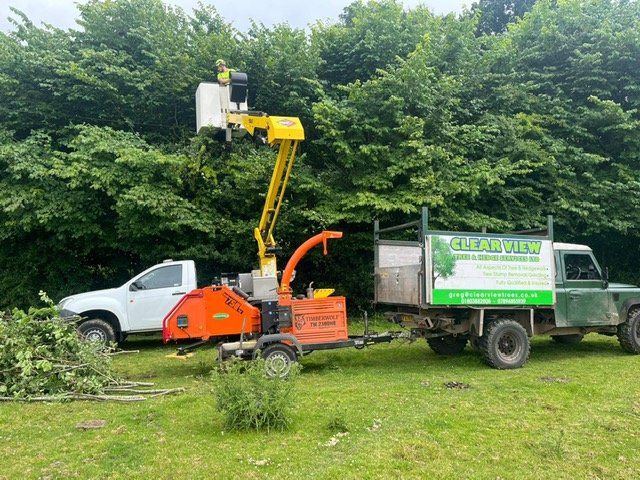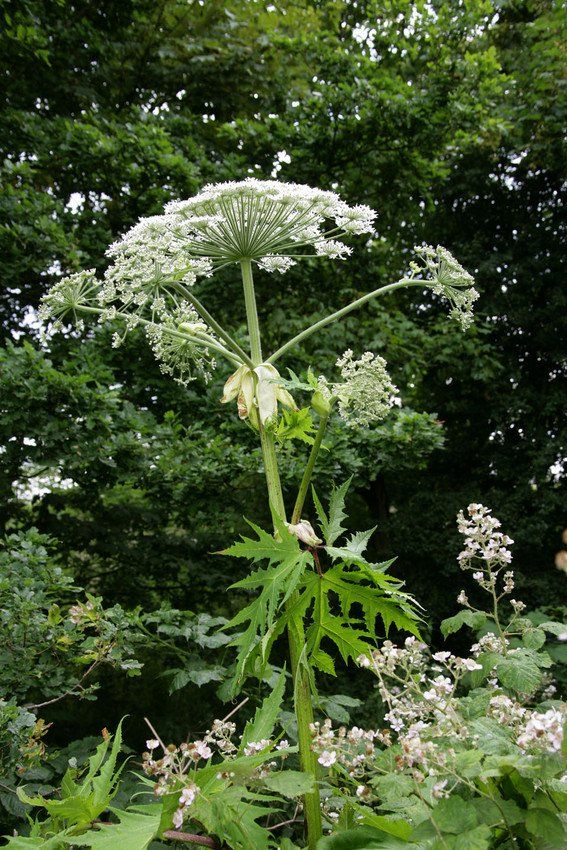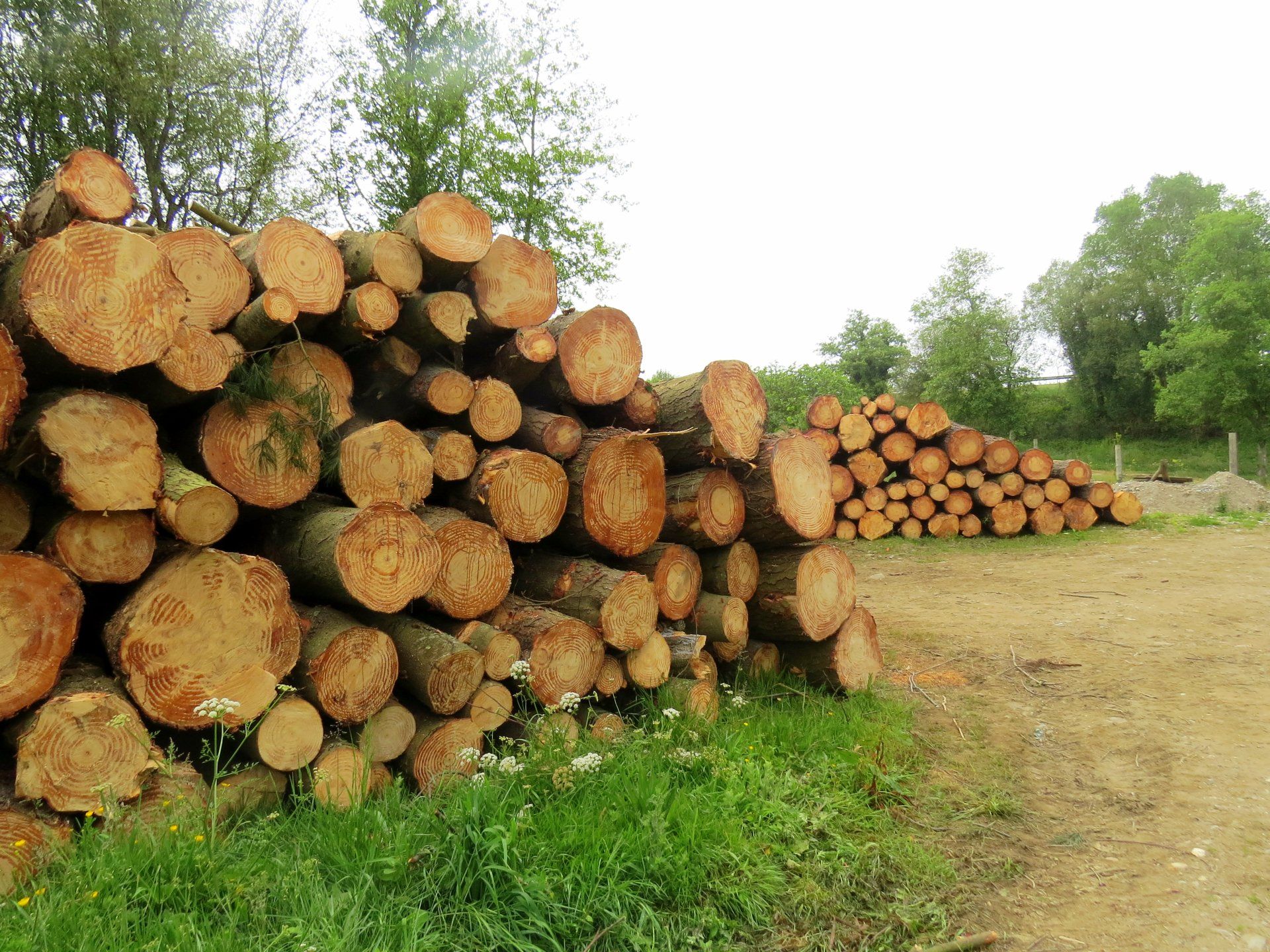Ash Dieback: What is it and why does it need to be dealt with?
You may already be aware of a huge number of trees being felled across large expanses and wonder why this is happening. However, you don’t need to be a tree surgeon or in tree services to have heard of Ash Dieback. It is a huge problem across the UK including the Torbay area…affecting, you’ve guessed it, Ash Trees.
What is Ash Dieback?
Ash Dieback is caused by a fungus affecting ancient woodlands and seminatural habitats. It is expected to kill 80% of trees across the UK which will change the landscape forever.
Chalara Dieback of Ash, more commonly known to the wider population and non-specialists simply as Ash Dieback, is a disease that affects various species of Ash Trees and is caused by the Hymenoscyphus Fraxineus fungus (though it was formerly known as the Chalara Fraxinea fungus, which is where the name originates).
The first identification of the disease was in the early 1990s in Poland, and it has since spread across the entirety of Europe, affecting countries such as Denmark and Germany in particular. Having also reached the UK, it is significant problem that affects both old and young Ash trees and is almost universally fatal for the trees that it infects.
What happens to the trees?
The fungus develops on ash leaf stalks and produces small white fruiting bodies between July and October which release spores into the surrounding atmosphere.
When the wind blows these spores can blow tens of miles away. They land on leaves, sticking to them and then penetrating the leaf The fungus then grows inside the tree, eventually blocking its water transport systems, causing it to die. Younger trees are the most susceptible to Ash Dieback and are more rapidly killed off by the disease.
Prognosis for trees infected with the fungus is poor, with Ash Dieback proving fatal for the majority of the affected trees.
Due to the fungus weakening the tree and its limbs they are deemed a risk to public safety.
What does Ash Dieback look like?
Initially, small dry black/necrotic spots, appear on the stems and branches. These lesions then enlarge in stretched areas of dead tissue on the branches, the disease then causes premature shedding of leaves.
Ash trees that are suffering will show signs of leaf loss particularly in the death of the top of the crown. Severely affected trees will not bud or flower in spring. The Team at Clear View Tree and Hedge Services Ltd recommend that you check your Ash trees regularly and discuss with professional tree surgeons a plan for their management should you be concerned about Ash Dieback.
Tips for Dealing With Ash Dieback
It is important to be sure that the tree you are worrying about is actually suffering from Ash Dieback. Check for the symptoms noted above and take photos to check on deterioration. Areas of dead tissue or cracks in tree limbs should always be checked by a professional tree surgeon as soon as possible.
If the tree is identified as having Ash Dieback a plan should be made for its management. Clear View Tree and Hedge Service Ltd are happy to discuss any concerns and make a plan for the preservation or removal of trees following a consultation and risk assessment.
Leaf matter from infected trees should not be removed from site in order to avoid spread the spores. Composting and/or burial can be undertaken however incineration appears to be the most effective way to ensure leaf matter does not further infect the surrounding area.
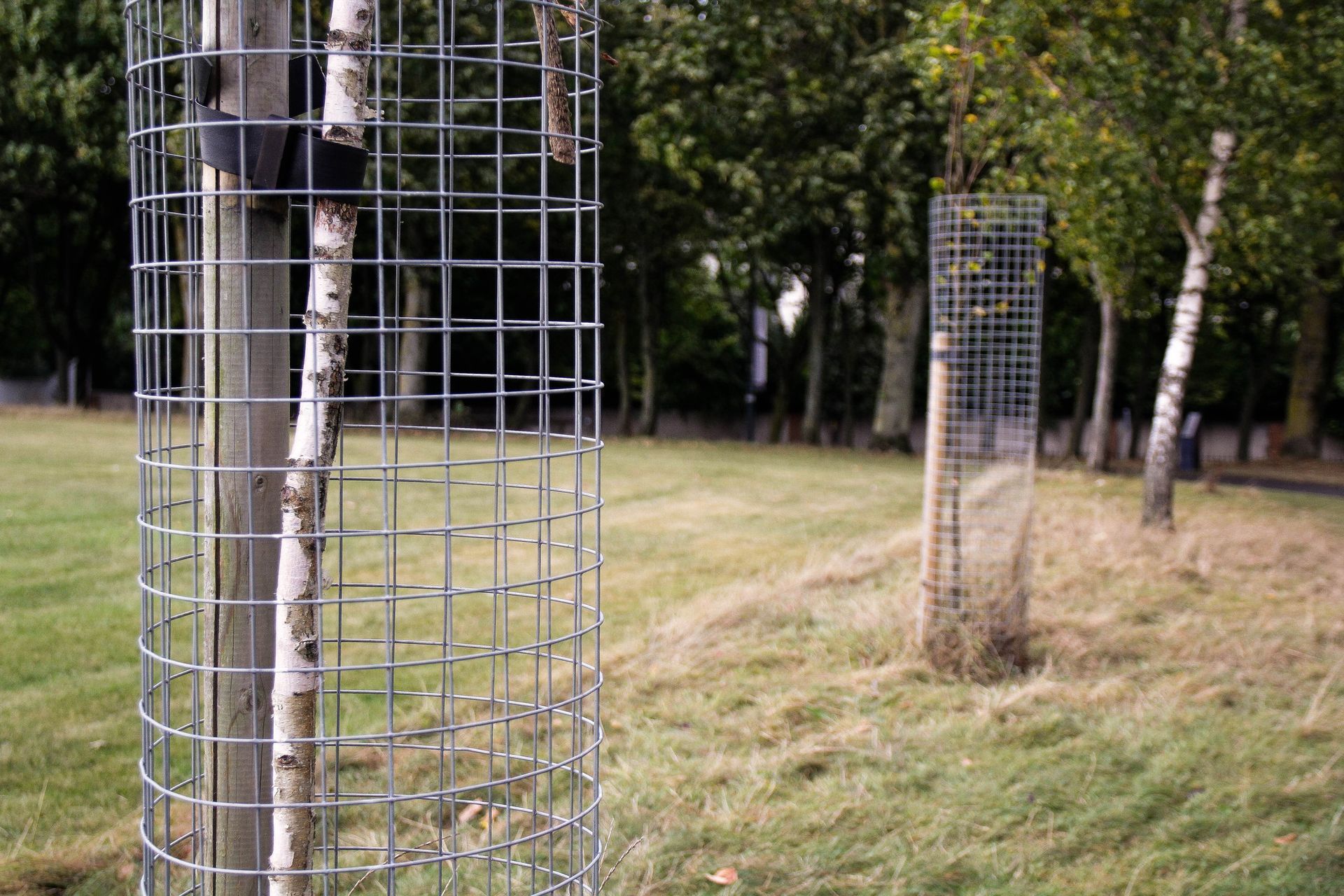
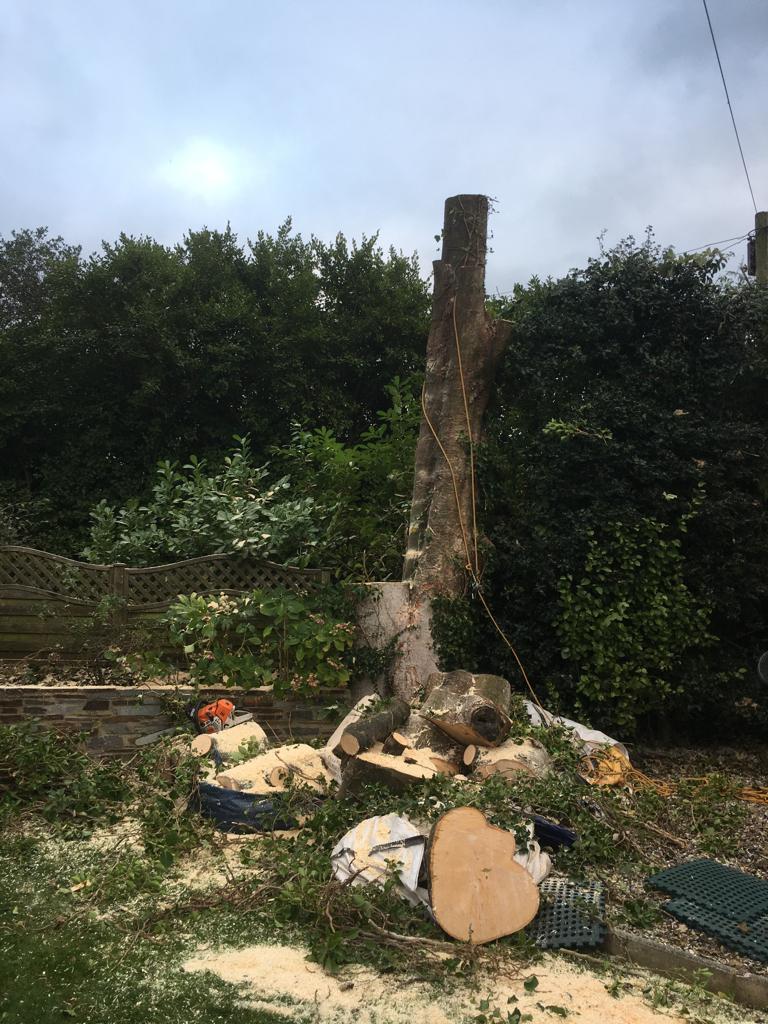
CONTACT US
We will get back to you as soon as possible.
Please try again later.
